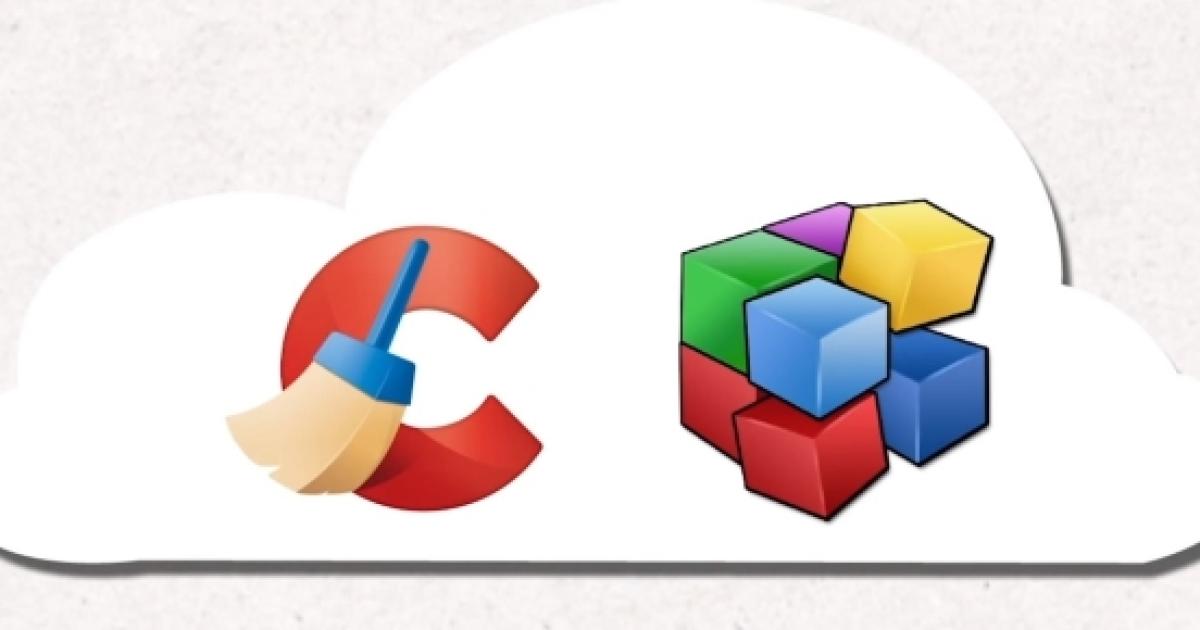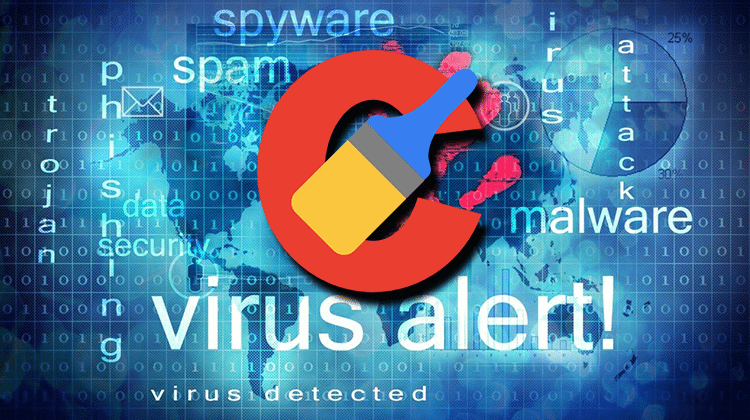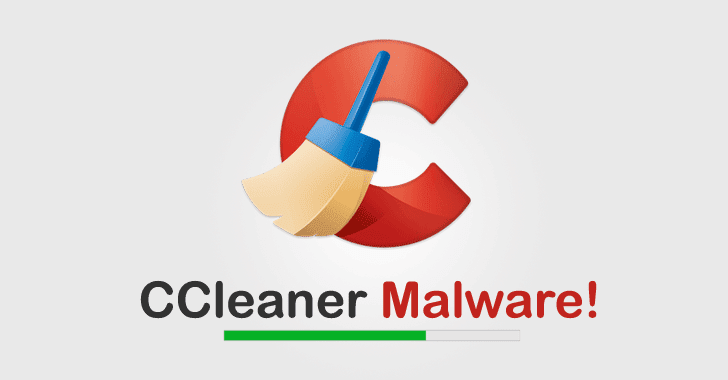

If you opt to reinstall, make sure you get the most recent version, at least 5.34 or higher.ĬCleaner is well-known for removing harmful programs that hide deep within computer systems, but as the CCleaner malware event demonstrates, even tools designed to protect our computers from threats are vulnerable to hackers. To guarantee that the system is clean, uninstall the infected version of CCleaner and run antivirus scans. Investigators advise restoring computers to versions backed up before August 15, when the first contaminated tools were released.
#Ccleaner malware info Pc
The only way to properly assure your PC is free of the CCleaner spyware is to have a disaster recovery plan in place. The discovery of the second stage payload, on the other hand, made removal and protection more difficult.
#Ccleaner malware info update
When the virus was originally identified, users were instructed to update to the most recent version of the application, under the assumption that it was an isolated incident and that later versions were secure. The inquiry into who was responsible for the hack is still underway as of late 2017. This, along with the choice of tech targets, sparked suspicions that the malware was part of a state-sponsored operation. “The server contained a database of every backdoored computer that had ‘phoned home’ to the hackers’ machine between September 12 and 16.”ĭespite the lack of conclusive proof linking the CCleaner malware to a Chinese hacking outfit known as Axiom, investigators identified a link to the group.Ī time stamp on a hijacked server matched a Chinese time zone however, time stamps can be changed or updated, making it impossible to pinpoint the origin. “From an unnamed source involved in the CCleaner investigation, Cisco says it obtained a digital copy of the hackers’ command-and-control server,” according to Wired.

This payload infected 40 systems and targeted around 20 of the major tech corporations, including Google, Microsoft, Cisco, and Intel. Cisco Talos identified a second-stage payload. Regrettably, the organization soon learned that the malware attack was far more serious than first thought. More than 2 million people are thought to have been affected. Initially, the business thought the problem was limited to the above versions operating on 32-bit Windows PCs, and that upgrading the program would cure the issue. To insert the malware, the hackers are believed to have hacked the program’s build environment.Īvast Piriform, the parent company of CCleaner, discovered the malware on September 12, 2017, and took quick action to fix it. Two Trojans, Trojan.Floxif and Trojan.Nyetya, was introduced into the free versions of CCleaner version and the Cloud version to create the virus.


They transformed a tool that was supposed to wipe your computer off viruses into a severe threat to sensitive and personal data.
#Ccleaner malware info code
Hackers put malicious code into genuine program in order to steal data from users. The program received a “Very Good” rating from CNET in January 2017.ĬCleaner malware, on the other hand, was identified in September 2017. Malicious files buried in the system are also removed during the cleanup. The program deletes transient files that suck up disk space as well as faulty Windows registry keys. CCleaner is a tool that allows you to eliminate unnecessary files from your computer.


 0 kommentar(er)
0 kommentar(er)
